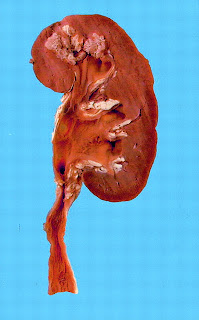For many common drugs, we have a good idea of whether or not they are dialyzed off. We know that it's important to re-dose vancomycin after a dialysis session since some of it is removed; conversely, drugs such as ketoconazole are essentially non-dialyzable. However, situations may arise--for example, in instances of a drug overdose--where the nephrologist may get a call asking to perform emergent dialysis in order to remove a much less common medication. How does one decide whether a dialysis procedure would be effective or not?
There are a few basic rules that govern whether a drug is dialyzable or not. Not surprisingly, size matters. Molecules with a low molecular weight (e.g., less than 500 Daltons) are easily cleared, whereas larger molecular weight compounds (e.g., greater than 2000 Daltons) are not. However, just because a molecule has a low molecular weight does not necessarily mean that it is efficiently cleared. A good example is Lithium, (atomic #3 on the periodic table) which has a fairly high volume of distribution, and therefore longer (and sometimes multiple) dialysis sessions are necessary in order to effectively dialyze an invidual with Lithium intoxication. A general rule is that drugs with a VOD greater than 1Liter/kg are poorly dialyzed. In a related vein, drugs with high protein binding or which are highly lipophilic are also poorly dialyzed.
As an example, let's take vancomycin. It has a molecular weight of 1486 Daltons with a VOD of between 0.5-0.9 Liters/kg. Therefore, one would anticipate based on these rules that it is at least partially removed by dialysis. These principles can be used to roughly assess the dialyzability of various unknown compounds as well.
Bonus points for being able to visualize the stereogram of vancomycin below!




































